As Los Angeles neighborhoods begin recovery, rebuilding efforts offer an opportunity to reimagine safety, structure, and sustainability.
As Los Angeles recovers from the devastation of recent wildfires, homeowners are grappling with rebuilding homes that can better withstand future disasters.
Wildfires are an increasingly common threat in California, fueled by a combination of climate change, prolonged droughts, and urban expansion into wildfire-prone areas.
Although recovery is often the immediate focus after disasters, there is a pressing need to look forward and adopt innovative building methods prioritizing fire resistance. Countries like Australia offer inspiration, having adopted fire-resistant design and construction techniques in response to similarly devastating wildfires. By tailoring solutions to the unique challenges of Los Angeles, homeowners can rebuild stronger and safer homes that are more resilient to future fires.
Fire Resistant Materials
One obvious solution is to build with fire-resistant materials. Builders in Australia have adopted materials such as fiber cement, steel, and rammed earth in fire-prone regions because these materials can withstand intense heat and direct flame. Replacing traditional wood or vinyl lap siding with fiber cement or metal cladding can dramatically reduce a home’s vulnerability to fire.
Roofing, often the first point of failure during a wildfire, can be upgraded to metal, clay tiles, or Class A-rated asphalt shingles, all of which offer greater resistance to flying embers. Even windows, which can shatter from the intense heat of a fire, can be upgraded to double-glazed, tempered glass for improved durability.
By carefully selecting materials designed to endure high temperatures and resist combustion, homeowners can make their homes significantly safer without sacrificing aesthetics or functionality.
Architecture
Fire resistant materials are only one piece of the puzzle though. The design of a home plays a pivotal role in its ability to withstand wildfires. One of the most effective strategies is to simplify architectural features that can act as traps for embers. Eaves, overhangs, and gaps are all areas where embers can accumulate, igniting the structure.
In Australia, fire-resistant homes are often designed with clean, minimalist profiles that minimize these vulnerabilities. Homeowners in Los Angeles can follow suit by sealing gaps and joints, covering vents with fine metal mesh, and opting for designs that eliminate unnecessary nooks and crannies.
Additionally, creating a defensible space around the home is essential. This involves maintaining a buffer zone of 30 to 100 feet, free of flammable vegetation and landscaped with fire-resistant plants, gravel, or other noncombustible materials. These measures not only protect individual homes but also help to slow the spread of wildfires throughout neighborhoods.
Technology
Technological advancements also offer promising solutions for fire-resistant rebuilding.
Fire shutters provide an additional layer of protection for windows and doors during a wildfire. Roof-mounted or perimeter sprinkler systems, which can be activated as fires approach, are another effective measure. Homeowners can also consider installing rainwater storage tanks, providing a sustainable water source that can be used in conjunction with the sprinkler systems.
Although they initially add to the cost of rebuilding, these innovations can pay dividends in terms of safety and peace of mind, particularly as wildfires become more frequent and severe.
“Fit” Check
It is important to recognize these solutions are not one-size-fits-all. The unique climate, topography, and housing styles of Los Angeles require tailored approaches.
For instance, although rammed earth construction has been successful in Australia, its feasibility in Los Angeles depends on factors such as soil type and availability of skilled builders. Similarly, modular prefabricated homes designed with fire-resistant materials and techniques may offer an efficient solution for some, but others may prefer traditional building methods enhanced with fire-resistant upgrades.
Collaborating with architects, engineers, and builders proficient in fire-resistant design is crucial in adapting these solutions to the local climate and topography.
Regulations and Codes
The adoption of fire-resistant building methods hinges on broader community and policy support.
In Australia, strict building codes have been implemented to ensure homes in wildfire-prone areas meet specific fire safety standards. These regulations, known as Bushfire Attack Level (BAL) ratings, dictate the materials and design features that must be used based on the level of fire risk.
Los Angeles and other wildfire-prone regions in the United States could benefit from similar policies, mandating fire-resistant construction for new builds and incentivizing retrofits for existing homes. Public awareness campaigns can further support these efforts by educating homeowners about the importance of fire-smart design and providing resources for implementing these changes.
For those lucky enough to emerge with their homes unscathed from the recent wildfire, retrofitting existing structures with fire-resistant features is a worthwhile pursuit. Routine brush cleaning throughout the yard, cleaning the roof and gutters of dead leaves and pine needles, or even removing items stored underneath decks or porches can significantly deter the chance of a house fire. Upgrading to fire-resistant siding, installing double-glazed windows, and sealing cracks and gaps to prevent ember entry are practical measures homeowners can undertake even with limited budgets.
Although retrofitting may not offer the same level of protection as building a new fire-resistant home from the ground up, it is an important step toward reducing risk and improving safety for families and communities.
As homeowners begin the arduous process of planning and rebuilding, it is worth reflecting on the lessons learned from both local and international experiences. The devastation wildfires cause is a stark reminder of the need to adapt to a changing environment; resilience must be built into every aspect of our lives.
By embracing fire-resistant materials, innovative design, and supportive policies, Los Angeles can lead the way in creating homes that not only withstand the test of time but also stand strong against the growing threat of wildfires. The road to recovery is never easy, but it offers an opportunity to rebuild smarter, safer, and with a vision for a more resilient future.

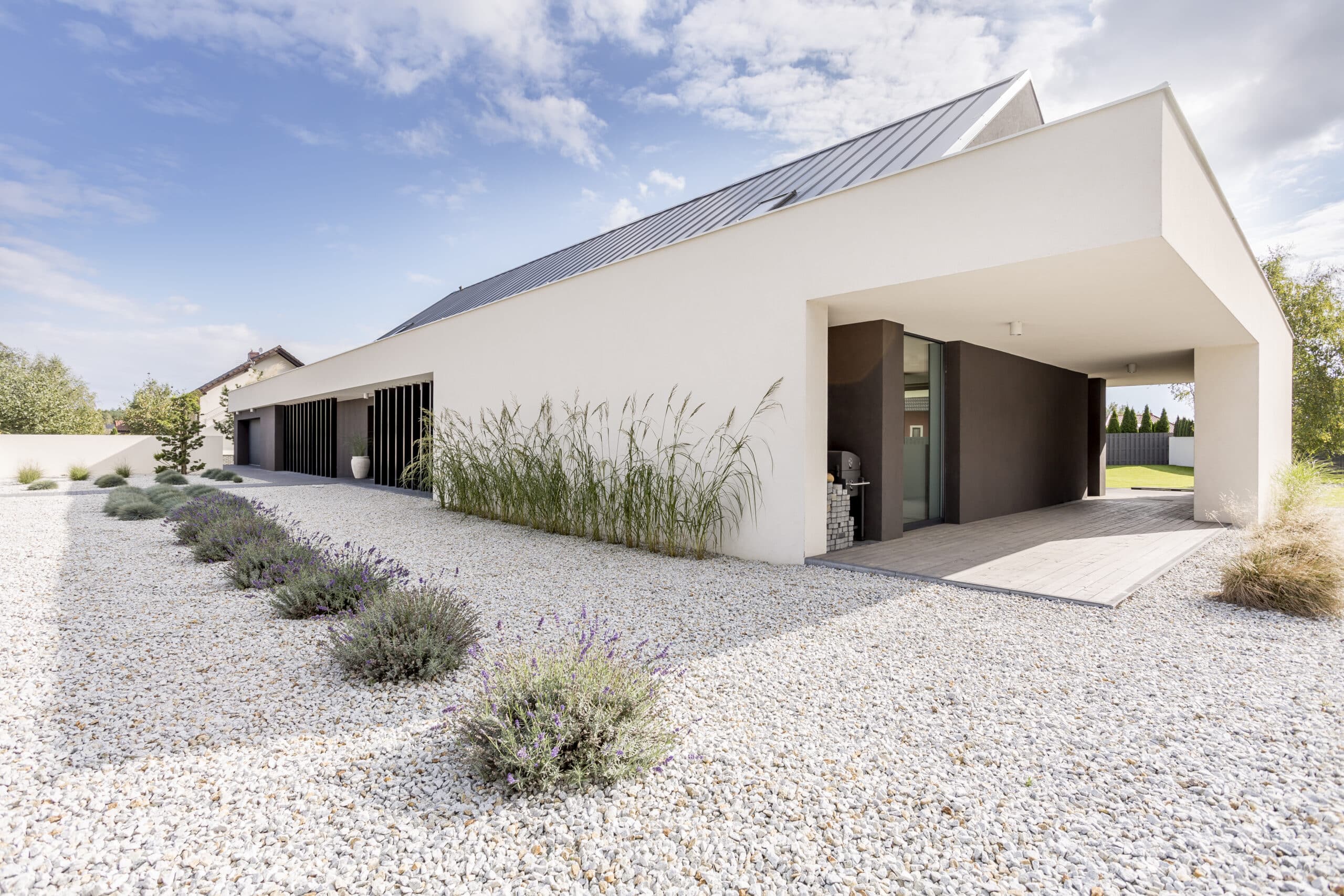


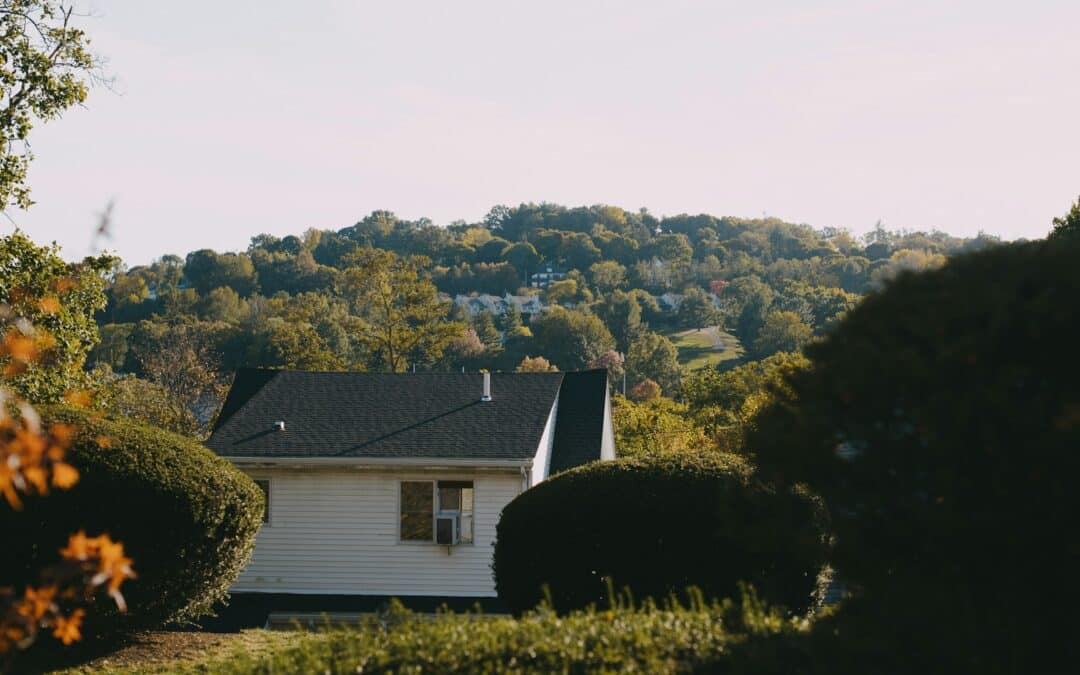
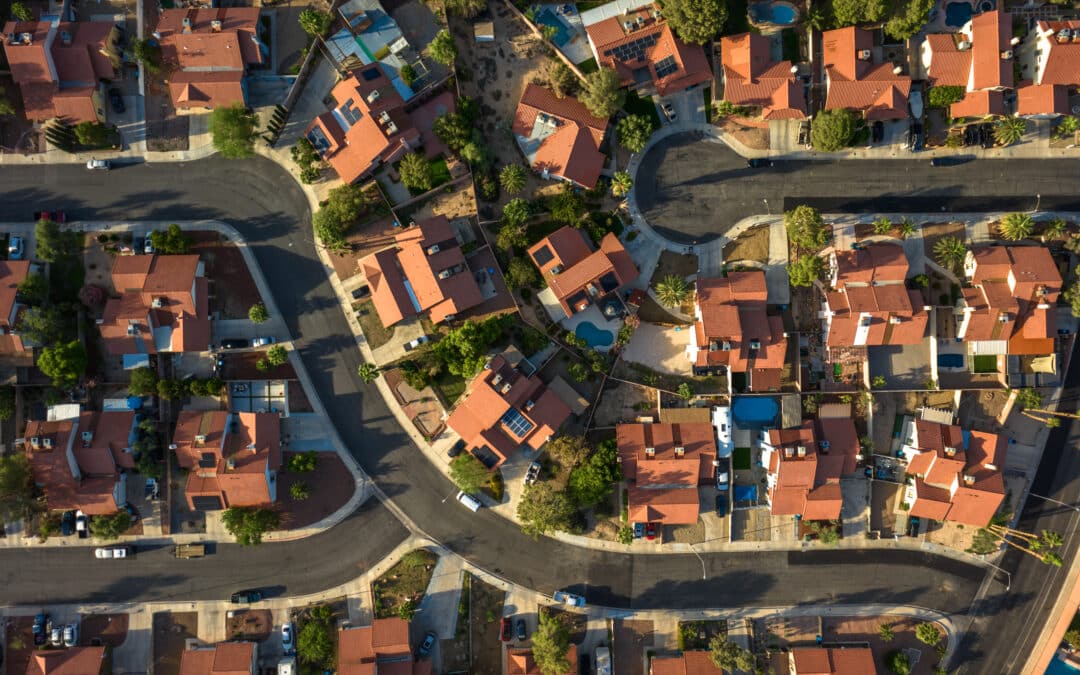




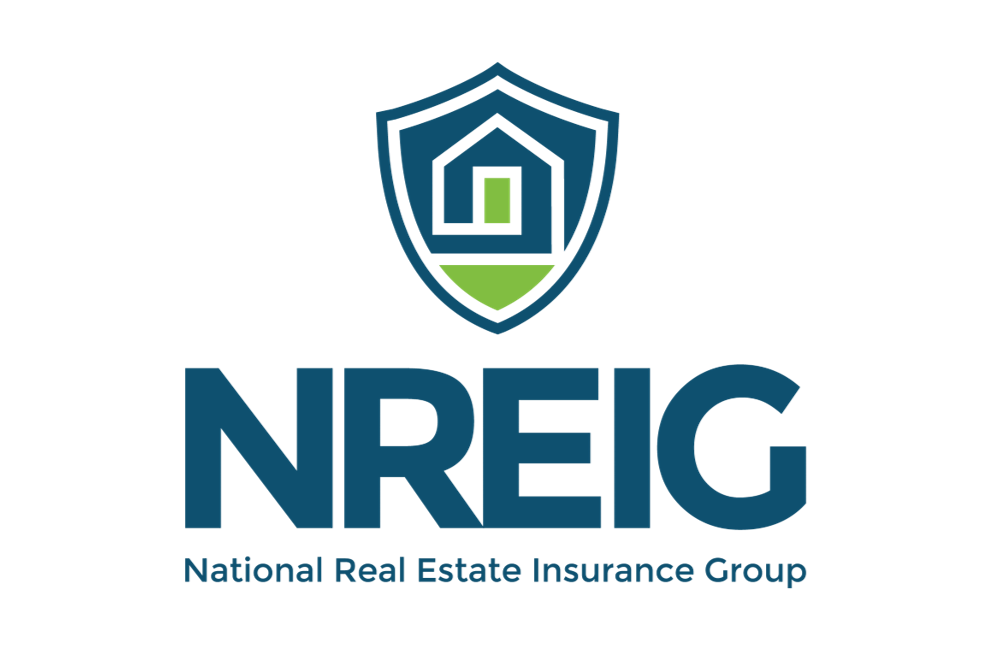


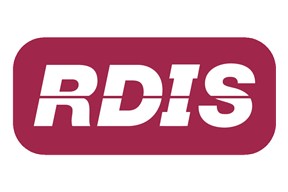

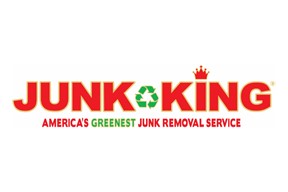



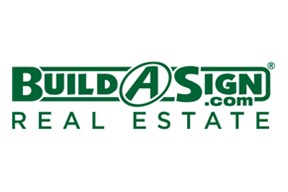


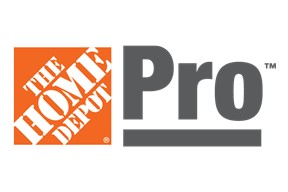

0 Comments